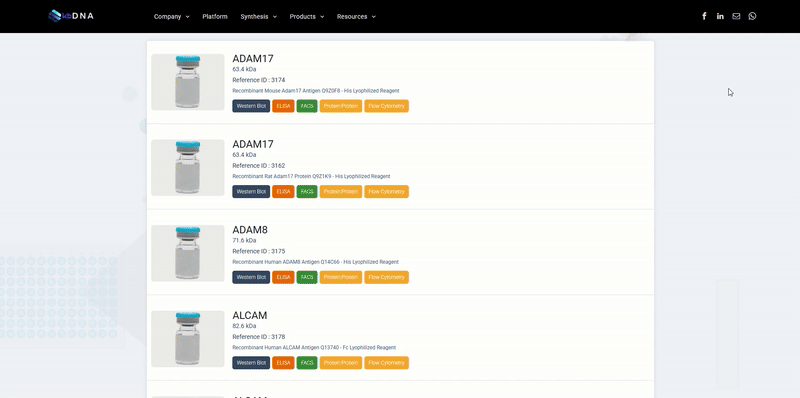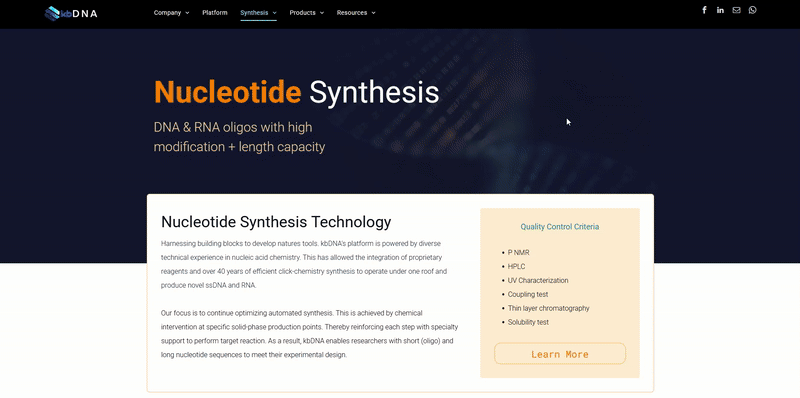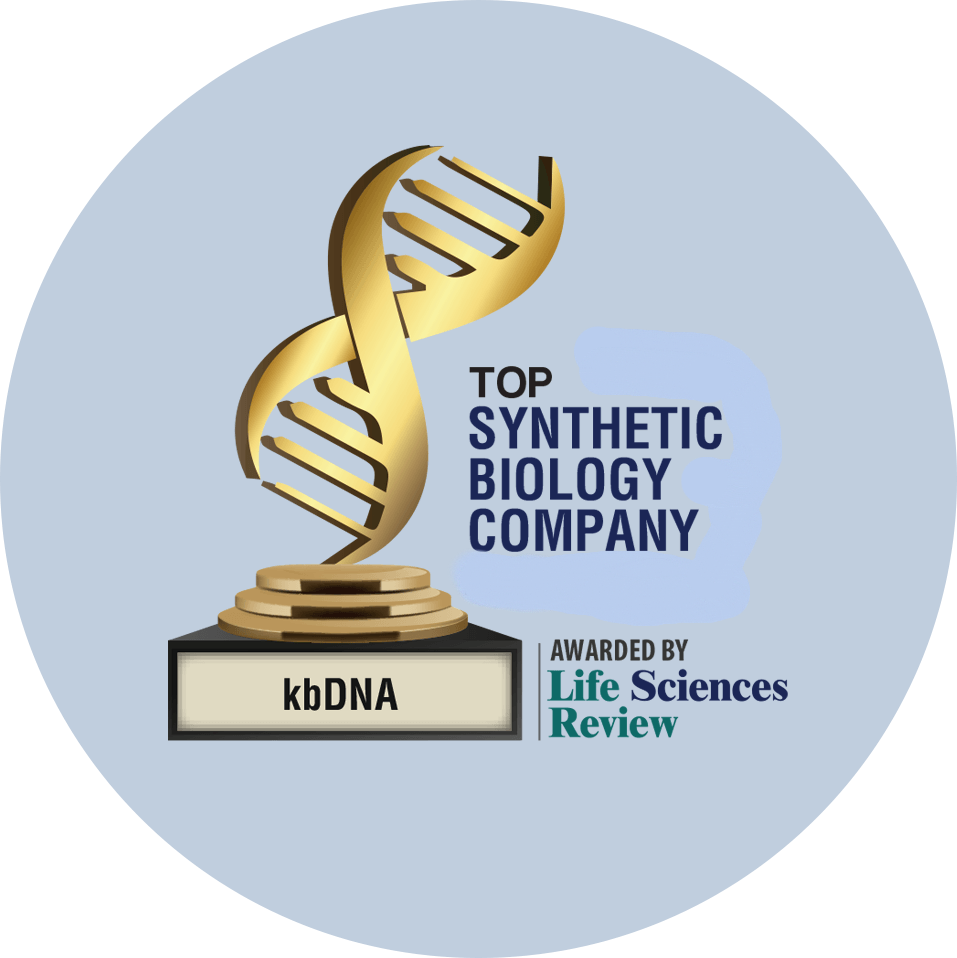Immunodeficiency 43 (IMD43) [MIM:241600]: A disorder characterized by marked reduction in serum concentrations of immunoglobulins and albumin, and hypoproteinemia due to hypercatabolism. Patients may suffer from recurrent respiratory tract infections and severe skin disease. {ECO:0000269|PubMed:16549777}. Note=The disease is caused by mutations affecting the gene represented in this entry.; Amyloidosis 8 (AMYL8) [MIM:105200]: A form of hereditary generalized amyloidosis. Clinical features include extensive visceral amyloid deposits, renal amyloidosis resulting in nephrotic syndrome, arterial hypertension, hepatosplenomegaly, cholestasis, petechial skin rash. There is no involvement of the nervous system. {ECO:0000269|PubMed:22693999}. Note=The disease is caused by mutations affecting the gene represented in this entry. Apart from the presence of causative mutations, beta-2-microglobulin may adopt the fibrillar configuration of amyloid when its serum levels are persistently high. High beta(2)-microglobulin serum levels result in amyloidosis in patients on long-term hemodialysis (PubMed:7918443). In contrast to patients with dialysis-related amyloidosis, patients with hereditary amyloidosis have normal circulating concentrations of beta2-microglobulin (PubMed:22693999). {ECO:0000269|PubMed:22693999, ECO:0000269|PubMed:7918443}.
MUTAGEN 79 79 D->P: Increases tendency towards amyloid formation. {ECO:0000269|PubMed:18835253}.; MUTAGEN 80 80 W->G: Decreases tendency towards amyloid formation. {ECO:0000269|PubMed:18395224, ECO:0000269|PubMed:19284997}.; MUTAGEN 80 80 W->V: Increases tendency towards amyloid formation. {ECO:0000269|PubMed:18395224, ECO:0000269|PubMed:19284997}.












